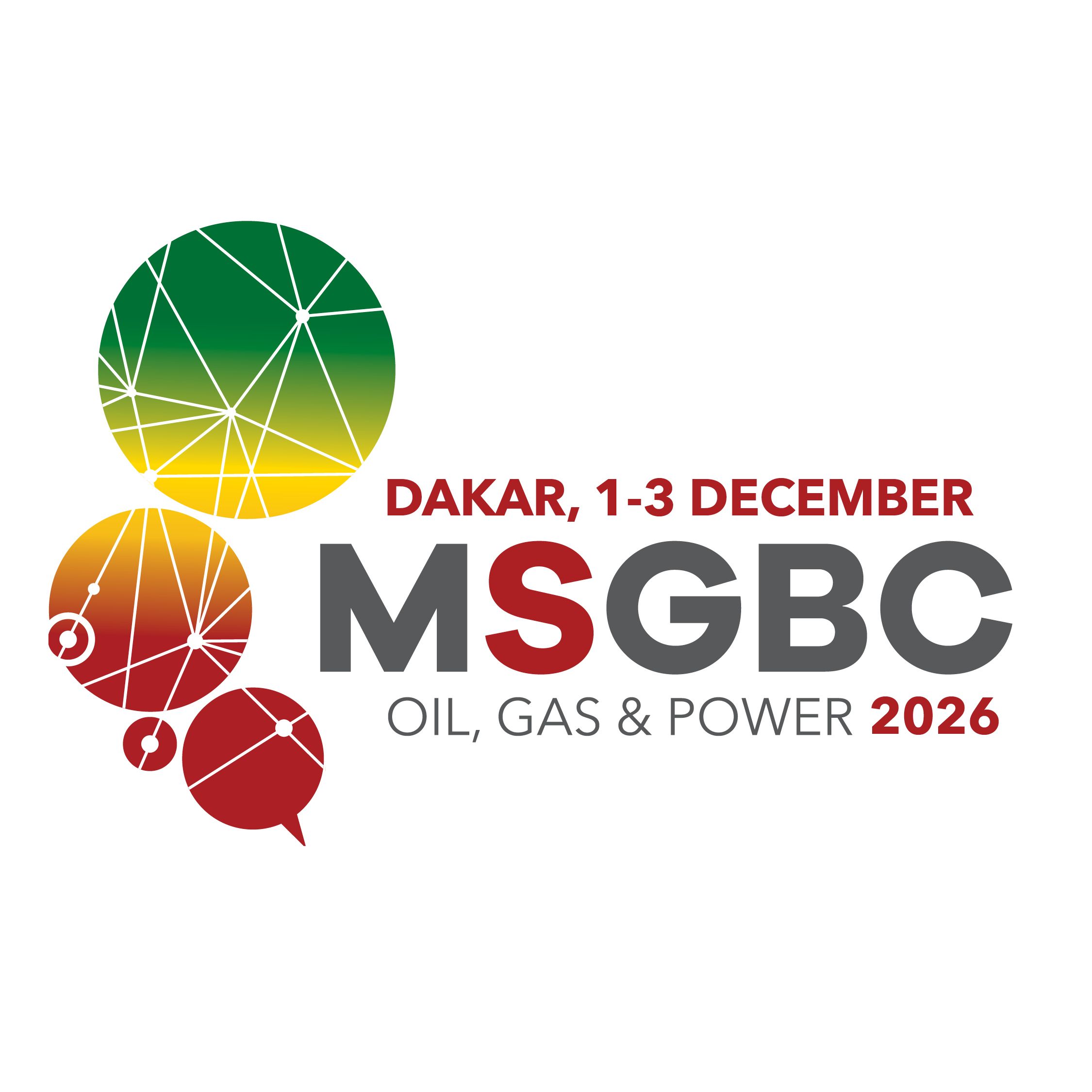Hydrocarbon Development to Power Mining in the MSGBC Region
)
Countries across the MSGBC region are moving to strengthen synergies between their growing natural gas and mining sectors. Countries such as Senegal aim to use local gas to power fertilizer production and mineral processing, reducing import dependence and adding value locally. With projects like bp and Kosmos Energy’s Greater Tortue Ahmeyim (GTA) gas field ramping up production in 2025 and 2026, the region is well-positioned to use offshore gas reserves to fuel mining development.
Leveraging Gas to Strengthen Processing
The GTA gas project is now operational, having achieved first-gas in December 2024, and reached full commercial status in mid-2025. With Phase 1 producing 2.3–2.5 million tons per annum (mtpa) of LNG, Senegal and Mauritania have an opportunity to redirect some of that output to power domestic industries — especially mining and fertilizer production — rather than relying on imports. This becomes relevant given that despite extracting some 2 million tons of phosphate rock annually, Senegal still imports 104,000 tons of urea annually, spending over $126 million.
To address this dependence, Senegal is already developing the Senegal Fertilizer Company project, which aims to build a urea plant, targeting about 1.2 mtpa of urea by 2029. The aim is to use offshore gas discoveries to supply the required hydrogen/ammonia inputs and power the processing. By doing so, Senegal would reduce fertilizer import bills while stabilizing supply. Gas could also allow Senegal to integrate more of the phosphate mining value chain by not exporting raw phosphate rock only, but powering processing plants to convert phosphate into higher-value fertilizers domestically.
In parallel, Senegal and Guinea-Conakry are exploring synergies between natural gas and bauxite production. Guinea-Conakry is currently the world’s largest producer of bauxite, with an output of 130 million tons in 2024. Yet, the country has very limited alumina refining within its borders. In 2024, the Guinean government mandated local processing in the country. Meeting the energy needs of these processing plants is a major challenge - a USTDA-funded study estimated that the bauxite industry within a 160 km radius of the proposed sites requires over 2,000 MW. The ongoing WA-LNG project in Guinea-Conakry – comprising the development of an LNG import, processing and distribution terminal - aims to supply reliable energy to both mining operations and agro-industrial parks. Access to regional gas could provide cost-effective, dependable power for energy-intensive processing, helping lower operating costs and making locally refined alumina more competitive. h
Boosting Output via Gas-Driven Power
One of Africa’s leading iron ore producers, Mauritania’s state-owned company Société Nationale Industrielle et Minière (SNIM) has set goals to reach an annual production capacity of 45 million tons of iron ore by 2030. To achieve this, the company requires strengthened power supplies, given that much of its mining operations are energy-intensive and have depended on diesel or imported fuel, or underpowered infrastructure. With more gas-powered electricity, SNIM could improve reliability and reduce energy costs, allowing expansion of existing mines, increased automation, and possibly establishment of processing stages closer to mines.
With gas production now coming online through GTA, Mauritania has the opportunity to shift to gas-powered electricity generation at scale. For example, two IPPs fueled by GTA gas are planned to supply 550 MW of new capacity to the grid. Also, in the mining town of Zouérat, a 30 MW thermal power plant is under construction to replace or supplement diesel generators under SNIM control. For Senegal, Guinea-Conakry and Mauritania, the onset of gas production offers more than new export revenue. It opens up opportunities to power mines, enable local mineral processing. These opportunities will be highlighted during discussions at the MSGBC Oil, Gas & Power Conference and Exhibition. Taking place in Dakar from 9–10 December, the event places a strategic focus on regional energy and mining synergies.

